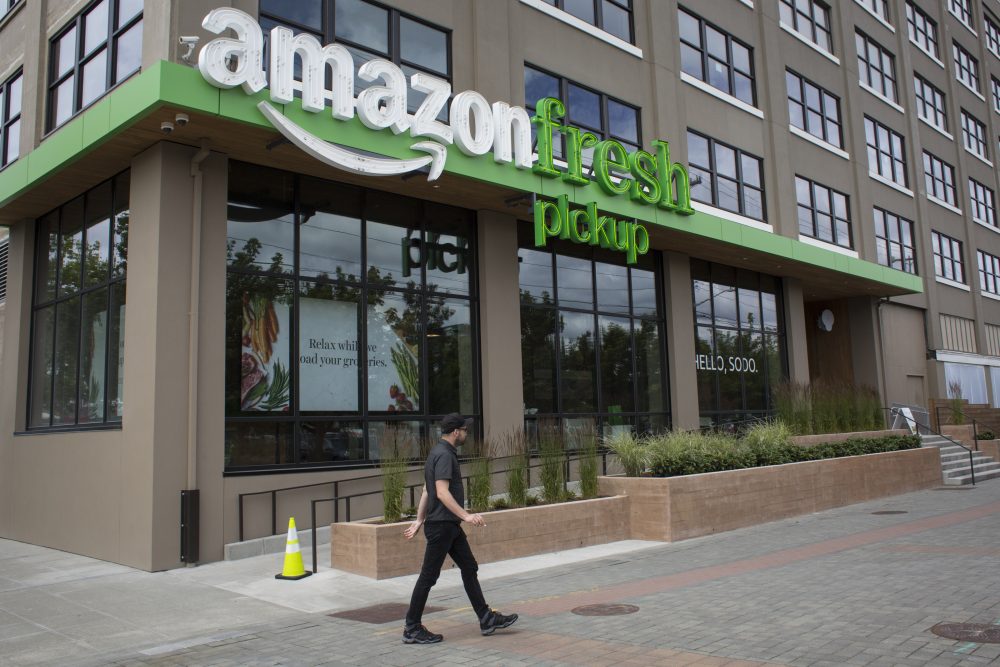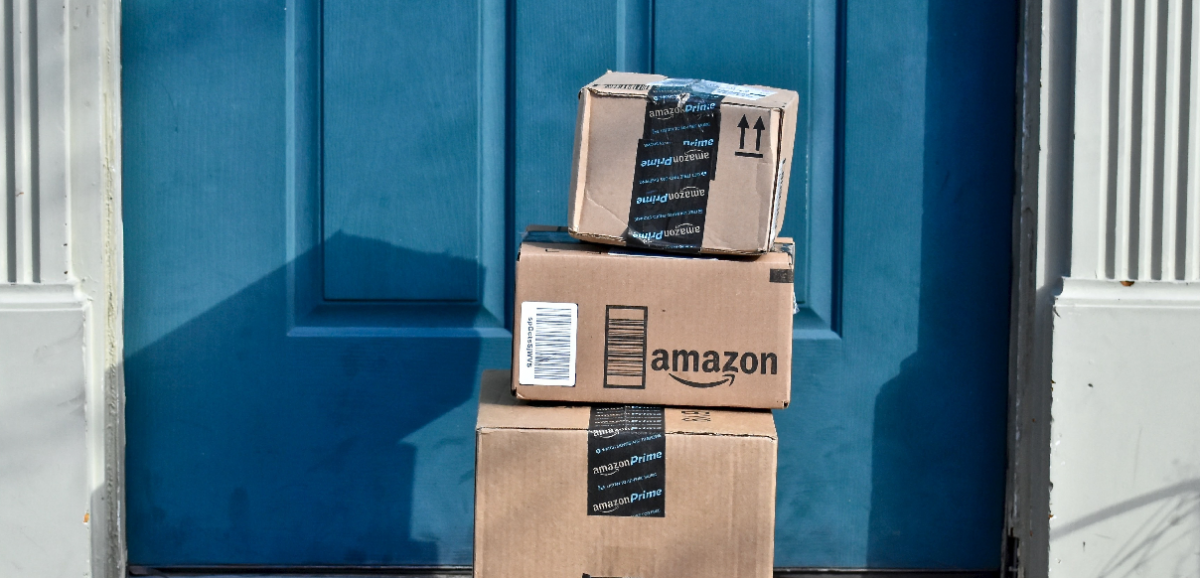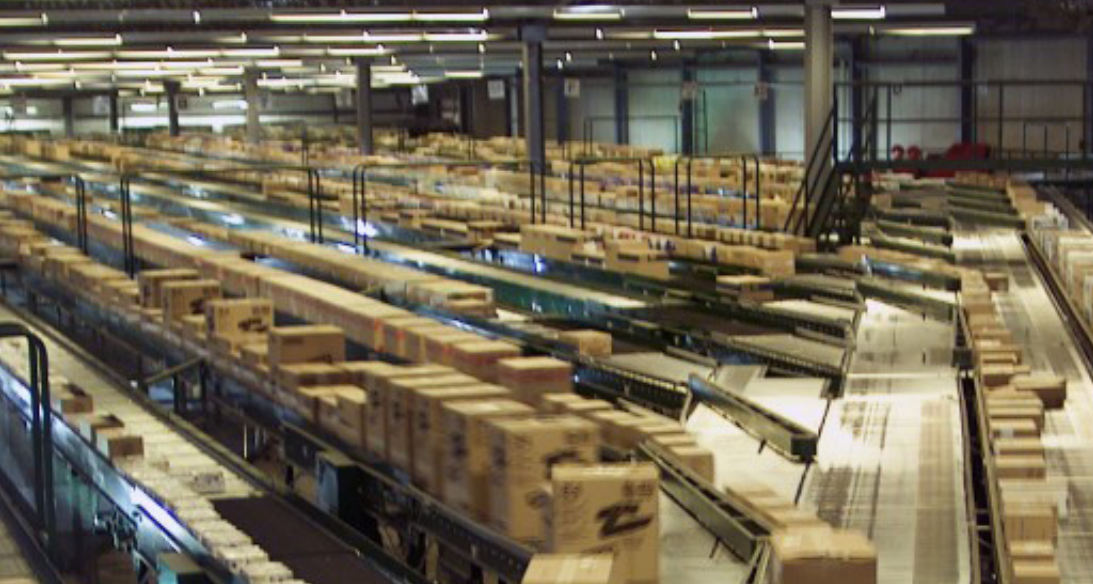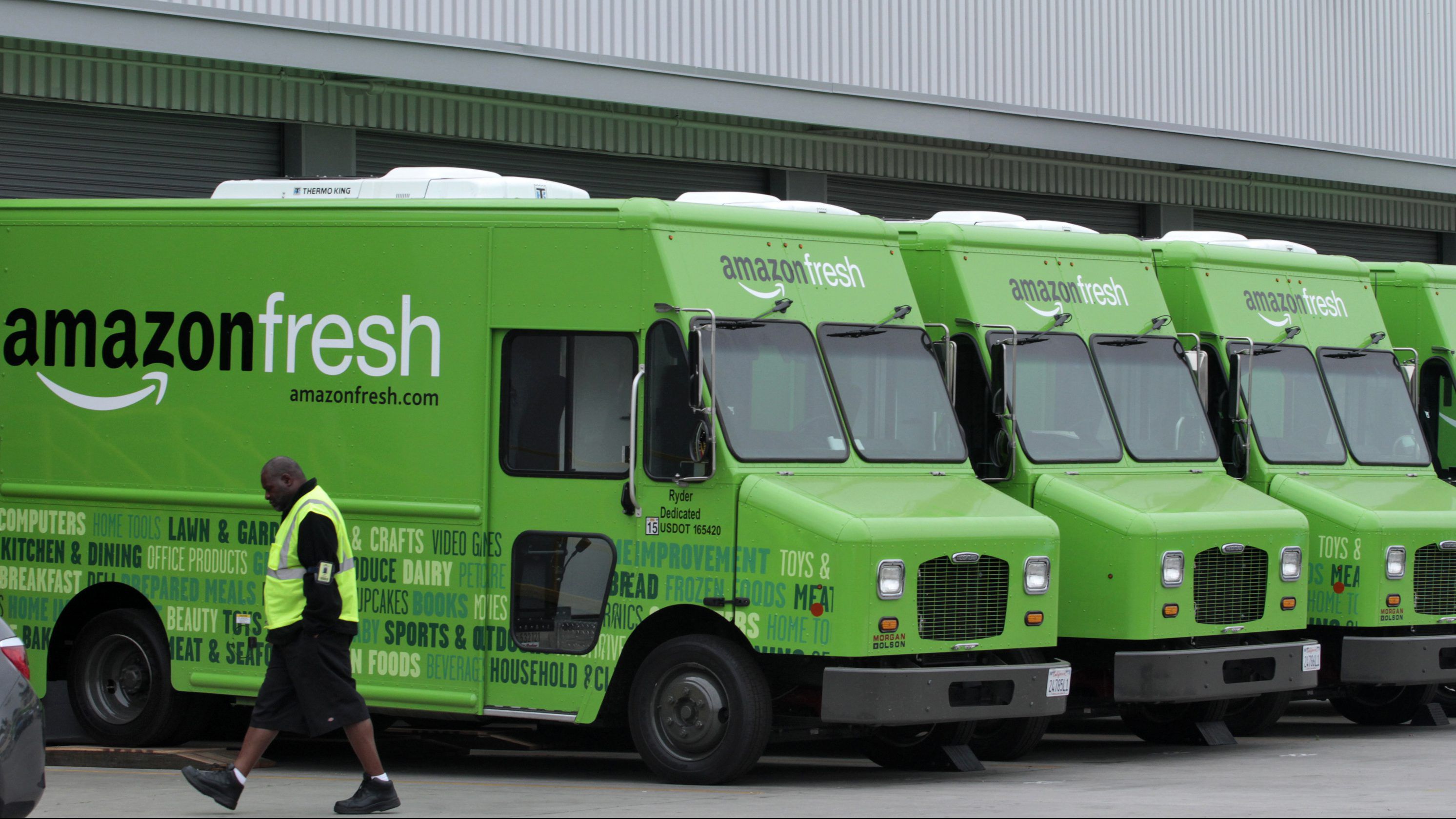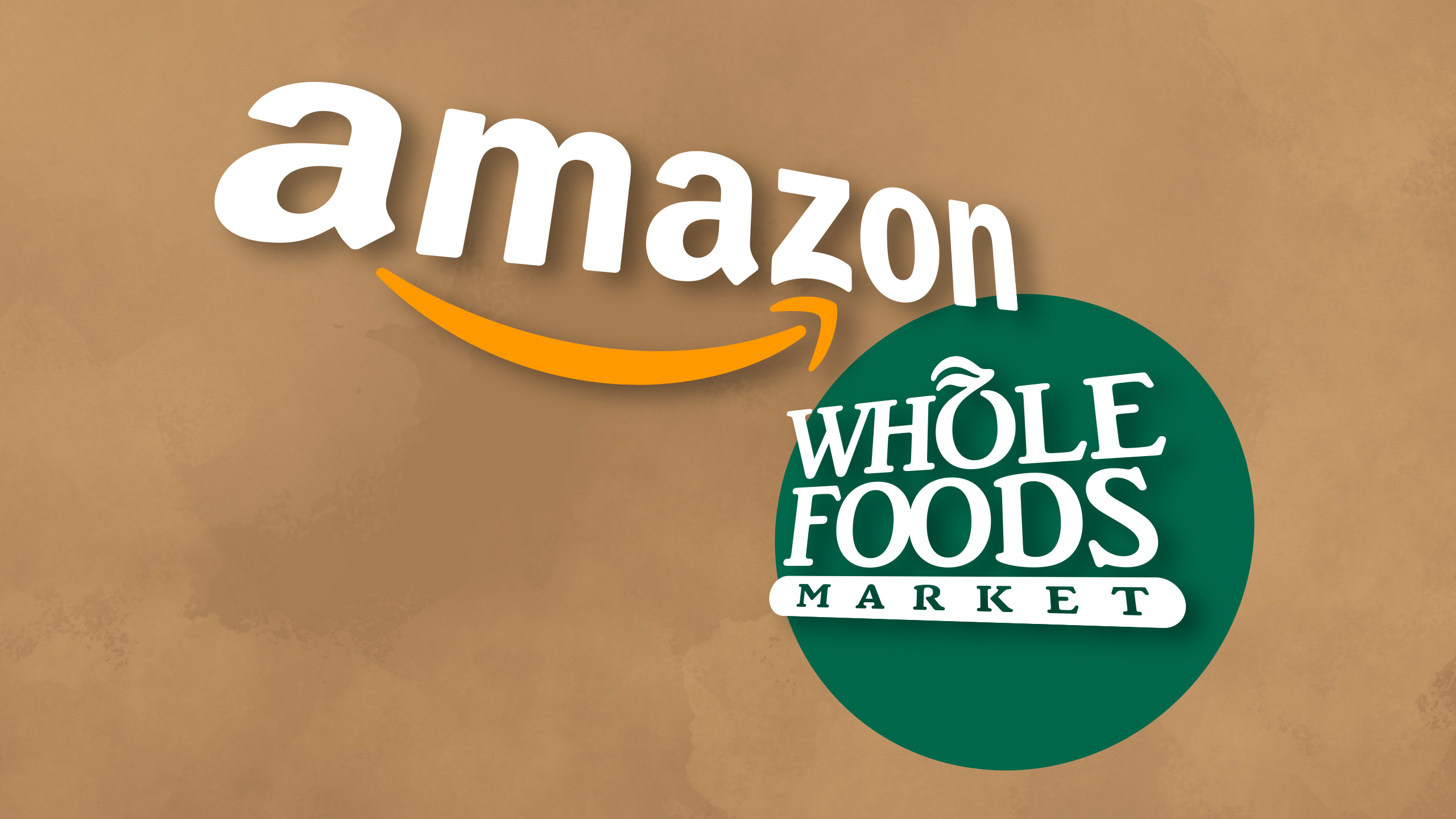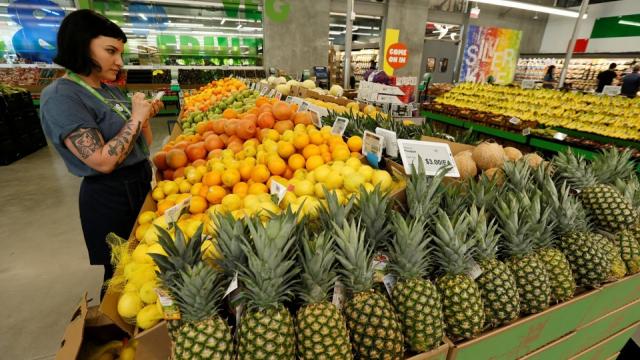
In response to Amazon’s announced acquisition of Whole Foods, Stacy Mitchell, co-director of the Institute for Local Self-Reliance (ILSR) and co-author of "Amazon’s Stranglehold," made the following statement:
“Amazon’s acquisition of Whole Foods raises significant anti-competitive issues that should be deeply concerning to federal antitrust regulators and the public. This deal would allow Amazon to leverage the Whole Foods chain in ways that would expand its monopoly power in online commerce, including by integrating these locations into its rapidly growing logistics and delivery network. And it would give Amazon, which already sells more clothing, books, toys, and consumer electronics than any other retailer, a substantial share of an even bigger consumer goods category, groceries. Regulators should block this acquisition.”
ILSR’s recent report "Amazon’s Stranglehold" traced Amazon’s rapidly expanding reach and its impacts. The report found:
Amazon is Monopolizing Online Retail
— Amazon captured $1 of every $2 Americans spent online last year. That’s up from 30% of online sales just three years ago. Many competing retailers and brands must now rely on Amazon’s platform, and submit to its terms, if they want to reach the market. As the report documents, Amazon has a history of exploiting its role as a platform for its competitors to increase its own direct retail sales and market power.
Both Prime and Echo are Strategies for Locking in Consumers and Ensuring they Don’t Shop Anywhere Else
— Half of all U.S. households are subscribed to Prime, and belonging to Prime dramatically decreases comparison shopping. Today, 55% of all online shopping searches start directly on Amazon. The spread of Echo and Alexa, Amazon’s voice assistant, will almost certainly drive this figure higher, making it virtually impossible for competitors to challenge Amazon’s dominance.
Amazon Already Leads in Several Major Consumer Categories
— Amazon sells more books and toys than any retailer, online or off, and is on track to become the leading seller of apparel and consumer electronics this year.
Amazon’s Building a Vast Logistics Network to Control Package Delivery
— In the last year, Amazon doubled the number of warehouse facilities in its U.S. distribution network, and is building a delivery system that can challenge UPS and FedEx.
To read more, see the full report: Amazon's Stranglehold: How the Company's Tightening Grip Is Stifling Competition, Eroding Jobs, and Threatening Communities
3 WAYS TO SHOW YOUR SUPPORT
- Log in to post comments

